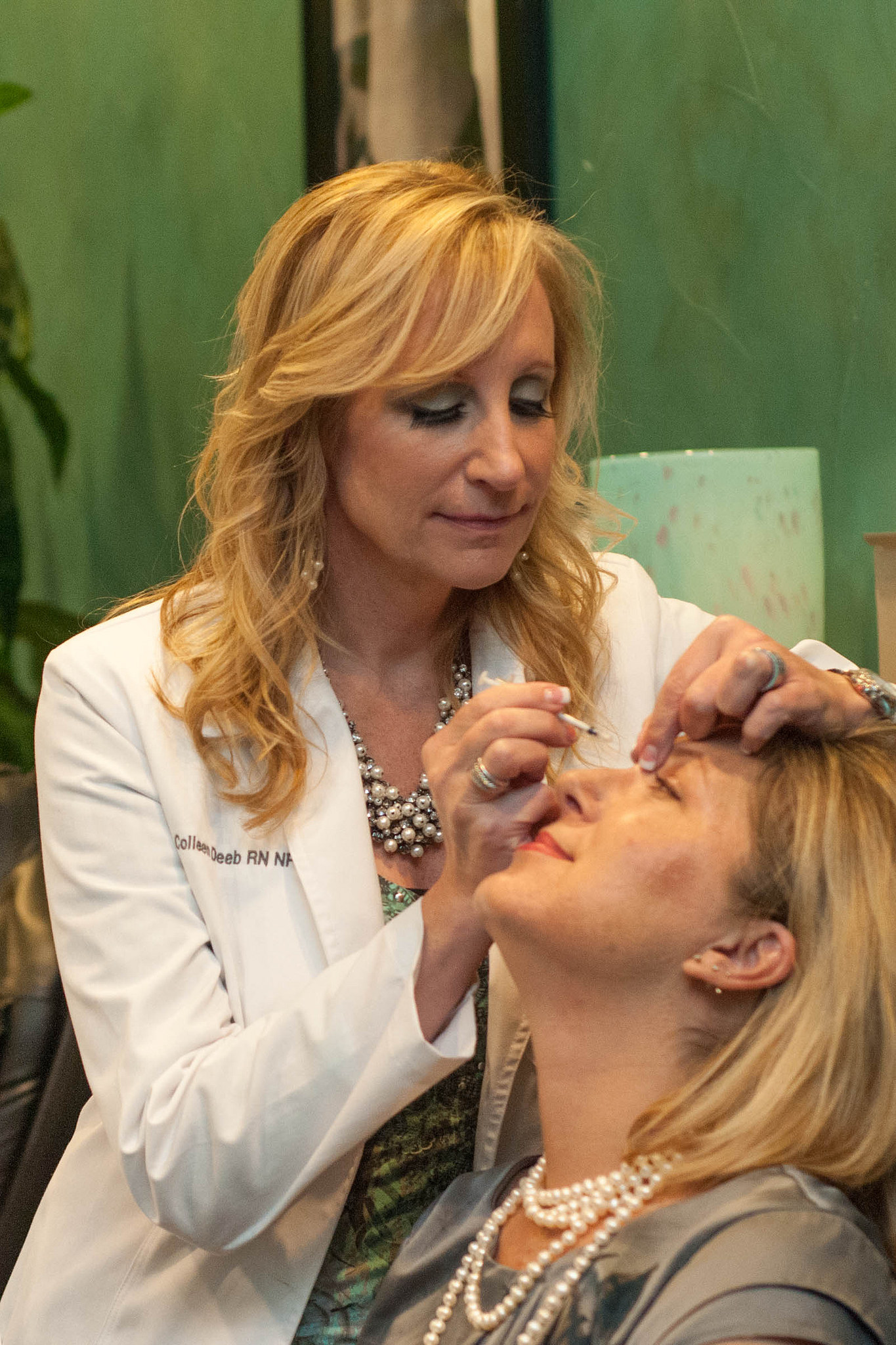
Cosmetic procedures are becoming increasingly popular, as they help people keep looking healthy and vibrant. No longer reserved for the rich and famous, everybody now knows about them, and most people even have “had something done”. Botox treatments in San Jose, CA are now so popular that supplies almost can’t keep up with demand. That said, there are still a lot of things that people don’t know about Botox, despite it being so popular. Let’s take a look at the 7 things people often don’t know.
7 Facts about Botox that You May not Have Known
-
Botox actually means “botulinum toxin”, and this toxin comes from the clostridium botulinum bacterium. This is the same bacterium that causes botulism, the deadly type of food poisoning. Allergan is the company that owns the Botox Cosmetic brand name, and it is the only one that the FDA (U.S. Food and Drug Administration) has approved for wrinkle treatment.
-
The FDA approved Botox in 1989 for the treatment of blepharospams and strabismus. Botox as a cosmetic wasn’t approved by the FDA until 2002.
-
It is almost – but not quite – impossible to contract botulism from Botox injections. This is because the needles are so fine that the bacterium cannot pass through it, and because the quantities that are injected are so small that almost no harm can be done.
-
Botox doesn’t work on all wrinkles. Rather, it only works on dynamic wrinkles, which are formed because of muscles contracting, leading to a furrow. Dynamic wrinkles are found in forehead creases, crow’s feet, laugh lines, and frown lines. The treatment does not work on sun damaged skin and also doesn’t work on the muscles around the mouth, because you use these for talking and facial expressions.
-
Botox is now mainly used to treat wrinkles. However, it is also highly functional for various other conditions. We have already mentioned the two eye problems, but it also works on hyperhidrosis (extreme sweating of the underarm), cervical dystonia (a neurological condition that makes the shoulder and neck muscle contract), bladder problems, and migraines. There have been a few studies that suggest Botox may also be used in treating arthritis, and further studies are looking into whether it could benefit those suffering from fibromyalgia. Both will require further studies.
-
Glabellar lines (frown lines), and number 11 are the most popular reasons for someone to want Botox treatment. The corrugator muscle is the muscle that causes frown lines to appear.
-
Studies are taking place to see whether Botox could be used to treat facial scars. So far, the results show that there is reason to believe it could have long term positive effects on the appearance of scars. This is experimental, but certainly interesting.
Clearly, Botox is about a lot more than simply making people look younger. They say that knowledge is power, and it is important to educate yourself as much as possible before you decide to have any kind of treatment. Or perhaps you suffer from one of the conditions above and now know that Botox may be a viable option for you.